Our 10 Tips For Working With Celebrities
As a video producer you may occasionally (or often) be required to work with a celebrity. This is usually the case where they act as the face of a brand or ‘brand ambassador’ but can also be for a variety of other briefs such as ‘behind the scenes’, or their own projects.
However if you’ve not worked with a celebrity before then the process can be very daunting depending on the stature, popularity and personality of the celebrity at hand.
Yes, there’s always an element of jumping through hoops and ‘playing the game’ when a celeb is on set as they are not just anyone, but that’s not to say you should be intimidated by the prospect of working with them. You’ll also need to remember that they’re not just another member of the crew and therefore their presence will require more of your budget.
So here’s a few things that we’ve learned over the years that may act as a useful heads-up for any project you may be producing with a celebrity on board.
They’re Not Presenters!
In fact they can be quite rubbish in front of camera. There’s an understandable expectation that just because someone is in the public eye that they will automatically be great at giving lines to camera. Wrong! We once spent two hours with a ‘trained actress’ who was struggling to deliver four lines to camera even though it was on an autocue! People who watch our finished product are thinking how great it is – they’re not thinking about the 35 takes it took to get it.
Allow for this when planning your shoot and liaise with their management as to whether they require autocue for all lines (unless they’re a presenter as their day job they often do!)
Go Through Their Manager
Don’t expect to be given a mobile number so you can exchange texts with the latest reality star! It’s usual (and to be honest, much safer) to send all communications to your celeb through their management. This ensures that they will actually be on set on time and on the right day.
Get Them a Nice Car
You’ll get more from them if you go that extra mile to make them feel special. So if you need them on set at certain time, send a car to pick them up (you should have factored this into your initial budget). And don’t just send any old car. In the past we’ve gone for an executive car with driver in uniform to really ensure that the talent feels appreciated from day one.
Allow For Extras In The Budget
As indicated above, there can be some unusual extras costs when working with a celebrity so allow some fat in your budget to accommodate this. I was once called at 4pm by a celebrity who want me to book her a different hotel as the one we’d put her in didn’t have goose down pillows. This apparently was going to be a deal breaker so by having a budget that allowed for such nonsense allowed the next day’s shoot to proceed as planned (thanks to the pillows!)
Show Them The Shot
Do let the celebrity you are working with see the shots you’ve got planned before you turn over. This will help you much more than you know. They will know their best angles and getting feedback on your shots before you turn over can save time and help capture them in their best light. It also fosters the relationship you have with them – if you show them you care what they think, they’ll warm to you and become easy to work with.
Give Them Something Of Yourself
So getting celebrities on-side like this is a key part of a successful shoot. A journalist once told us that one of the best ways to do this was to give them something of yourselves first. For instance when chatting, volunteer up some information about yourself that you wouldn’t normally tell anyone. It’s a great way to establish trust as you’ve already shown that you are willing to confide in them.
Be Discreet
I’m sure this goes without saying but instantly uploading a photo of you and the celeb you’ve just worked with to social media isn’t always the wisest thing to do. Many productions need to be kept under wraps until launch and by tweeting your latest star selfie you may cause some serious problems. The people bankrolling the production will have a plan for drip-feeding excitement for the project through their own social media channels so if you want more work like this in the future, make sure you know what’s appropriate before you get your celeb trending on Twitter.
Vet All Your Crew – Even The Runners
Seasoned crew members will probably have seen it all before. However for the younger crew (usually the runners) its important to ensure that you not only select them carefully but fully brief them on what is acceptable. Runners are normally newcomers to the industry entirely and can get very excited about working with celebs. We’ve been burnt in the past (one young runner simply couldn’t stop asking the celebrity questions) so take it from us, getting the right crew for the job is useful.
Don’t Push Them
Unfortunately (and this only applies to some and not all) there can be similarities between working with a celebrity and looking after a bored toddler. Some celebs can be strange beasts and you certainly shouldn’t expect to get a 12-hour shoot day out of them! Tantrums and tears are sadly not just the stuff of tabloid tales so handle the talent with kid gloves and you’ll ensure they stay focused and friendly.
Expect The New Ones To Be Trouble
Finally, and this continues from the last point: you should expect the newer celebs or people who have only recently found fame to be more trouble than the ones who have been there for decades. Our experience has taught us that most times the more established the celebrity the easier the process is. They seem to know what’s involved and appreciate that you are there to make them look good. However the new or more recent celebs (think reality TV here) can be or are generally a nightmare. Ensure that your director has a long fuse and get a good night’s sleep before the shoot!
To find out more about us and our services, please click here.




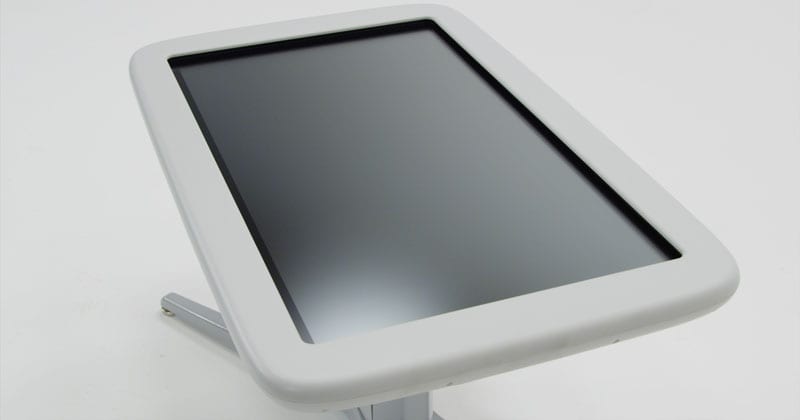

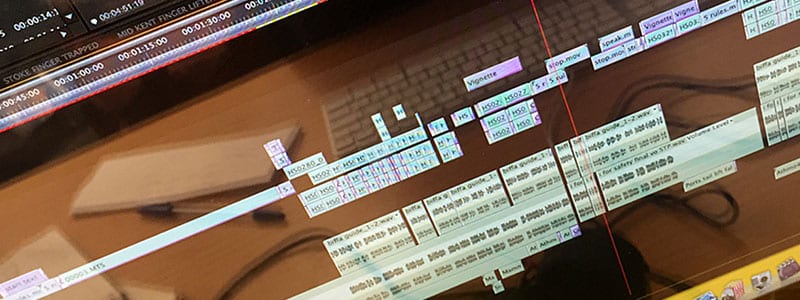

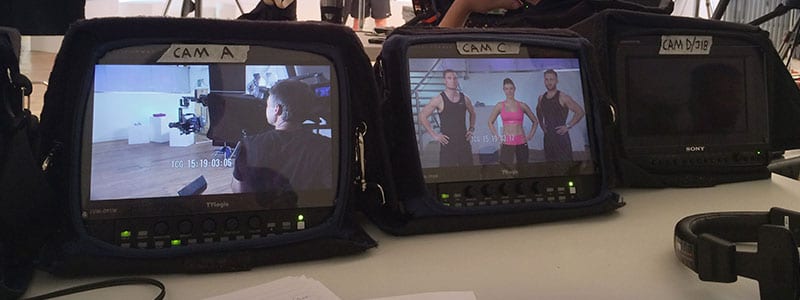
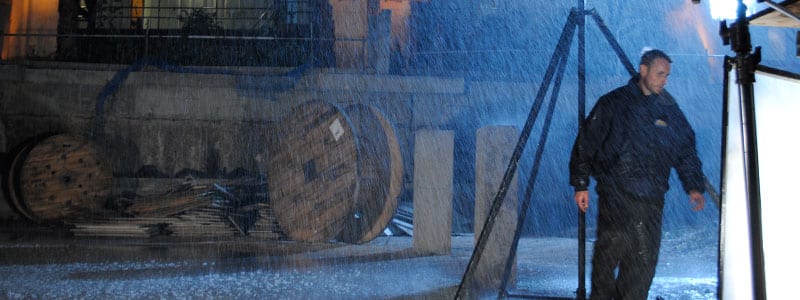
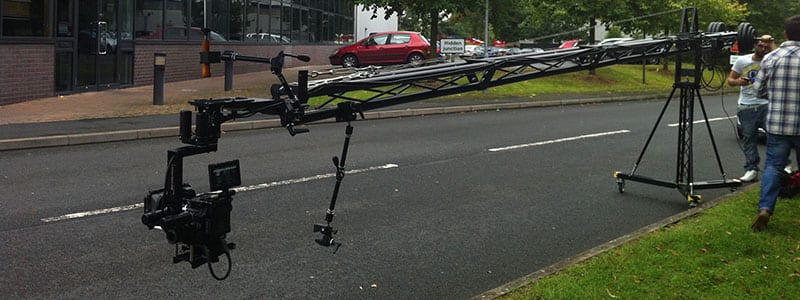
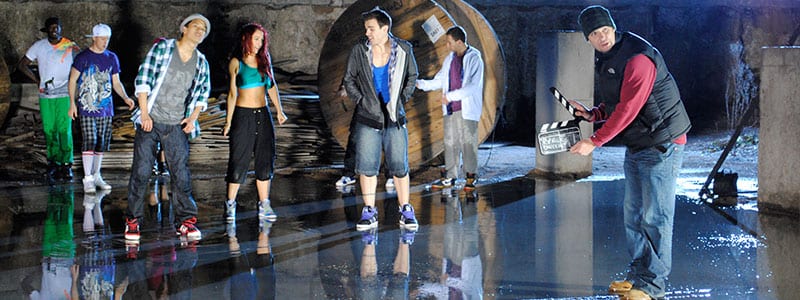
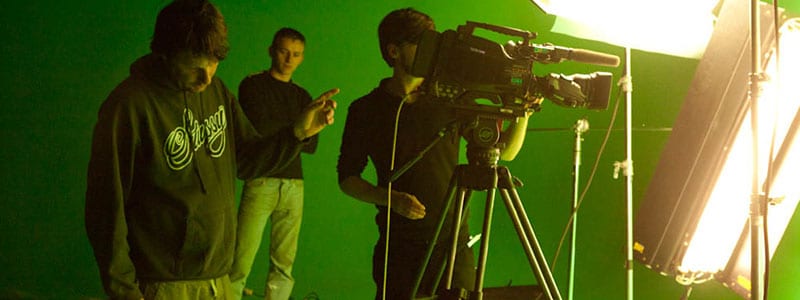



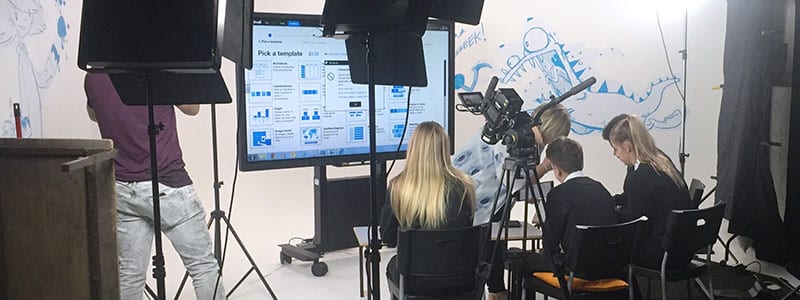

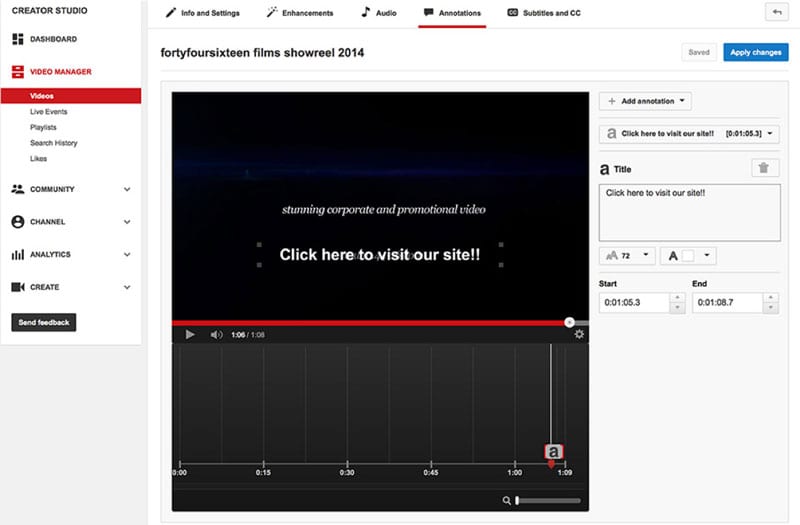


Recent Comments